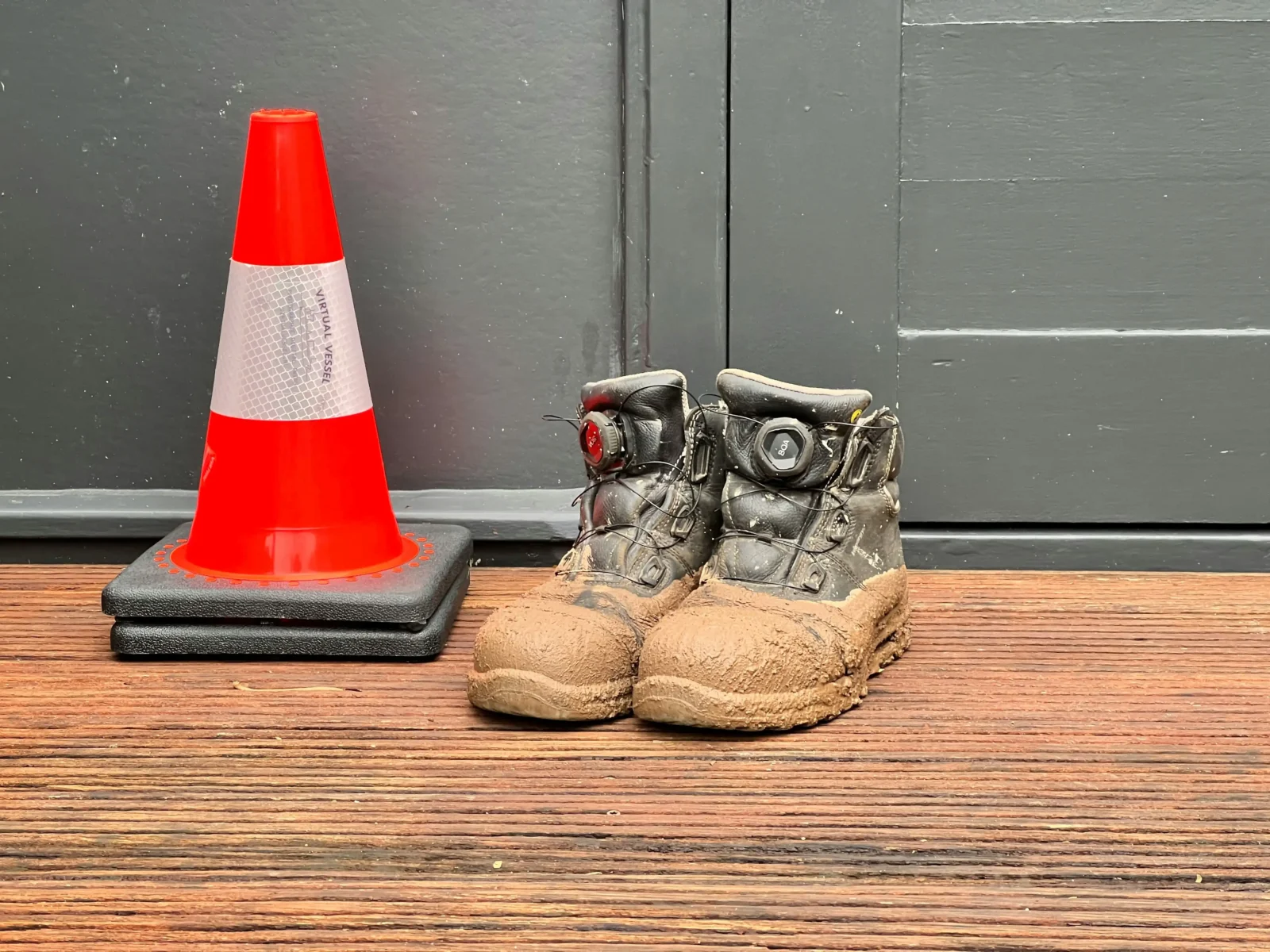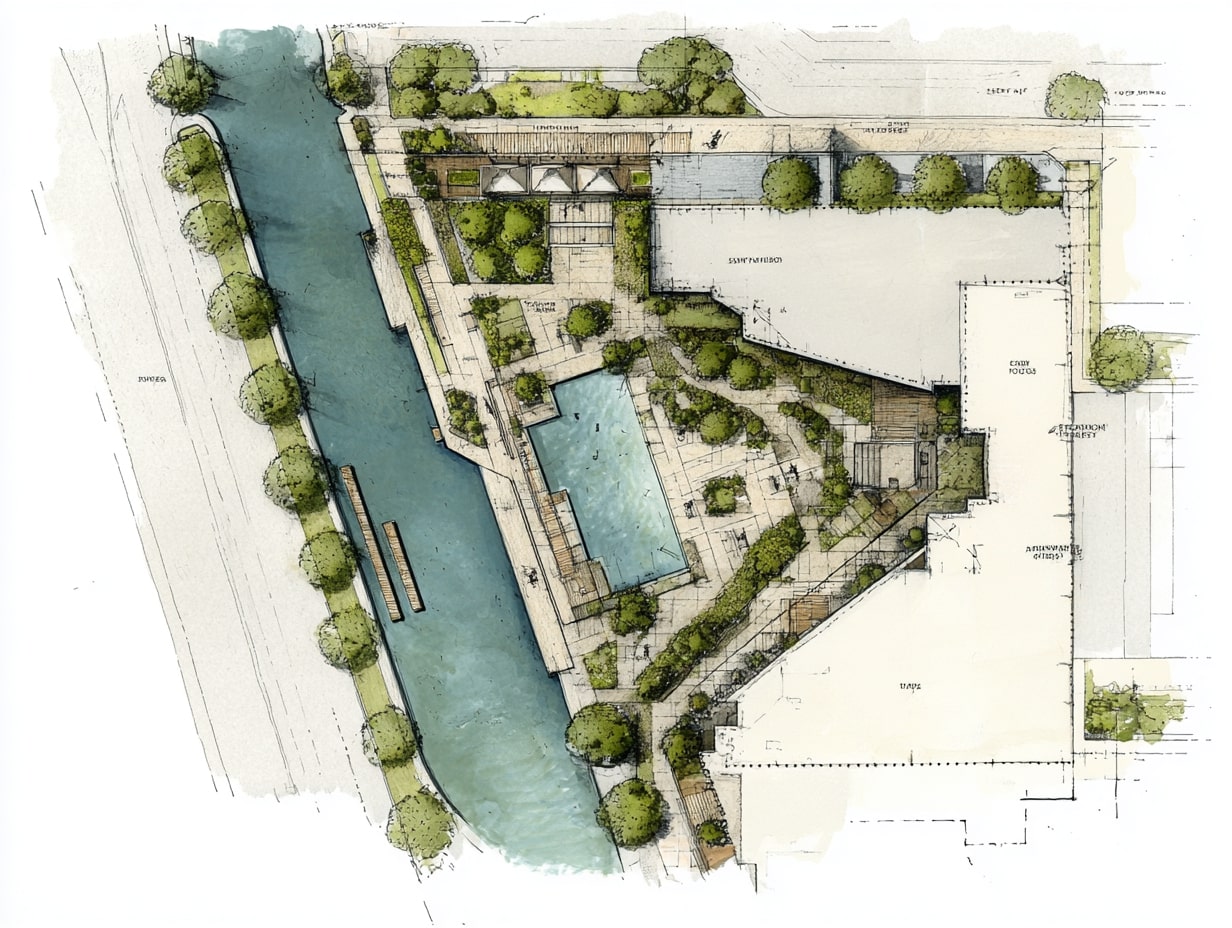- Home
- Articles
- Architectural Portfolio
- Architectral Presentation
- Inspirational Stories
- Architecture News
- Visualization
- BIM Industry
- Facade Design
- Parametric Design
- Career
- Landscape Architecture
- Construction
- Artificial Intelligence
- Sketching
- Design Softwares
- Diagrams
- Writing
- Architectural Tips
- Sustainability
- Courses
- Concept
- Technology
- History & Heritage
- Future of Architecture
- Guides & How-To
- Art & Culture
- Projects
- Interior Design
- Competitions
- Jobs
- Store
- Tools
- More
- Home
- Articles
- Architectural Portfolio
- Architectral Presentation
- Inspirational Stories
- Architecture News
- Visualization
- BIM Industry
- Facade Design
- Parametric Design
- Career
- Landscape Architecture
- Construction
- Artificial Intelligence
- Sketching
- Design Softwares
- Diagrams
- Writing
- Architectural Tips
- Sustainability
- Courses
- Concept
- Technology
- History & Heritage
- Future of Architecture
- Guides & How-To
- Art & Culture
- Projects
- Interior Design
- Competitions
- Jobs
- Store
- Tools
- More
The Evolution of Campus Architecture: Trends and Innovations in Educational Buildings

Campus architecture has changed a lot over the years, from old halls covered in ivy to new, modern areas made for today’s students. No longer are college buildings just places to teach; they are living, changing places that encourage teamwork, creativity, and community. We’ll look at the trends and new ideas that are making campuses of the future in this piece.
Table of Contents
ToggleThe Role of Campus Design in Academic Success
Campus design significantly impacts academic success, especially for tasks that demand intense focus, such as thesis writing. In Canada, universities are increasingly incorporating specialized thesis writing help centers into their campus layouts. These centers provide quiet, conducive environments equipped with essential resources like access to academic databases, advanced computer labs, and comfortable study areas. Furthermore, many of these centers complement their physical spaces with online writing services, offering flexible and accessible thesis writing help in Canada. These online services provide students with personalized support, including writing coaches and research advisors, available at their convenience. By integrating both on-campus and online resources, Canadian universities are creating comprehensive support systems that enhance academic performance and support the overall well-being of their students.
From the classical to the modern, different views of history
In the past, classical styles were often used to design education buildings. Think about the big, ornate fronts of Ivy League colleges or the gothic spires of colleges in Europe. Because of how important education is, these buildings were made to look grand and last a long time.

But as society changed, so did the kinds of buildings. From the middle of the 20th century on, modernism grew in popularity. This style put function over form. The goal of educational buildings became more practical, with a focus on making learning places that are useful. Even though these buildings worked well, they didn’t always have the same friendliness and personality as the ones that came before them.
Building for the Future with Sustainable Design
Sustainability is one of the most important trends in college design right now. As worries about climate change grow, colleges are putting more emphasis on eco-friendly design. This trend isn’t just about using eco-friendly materials; it’s also about making buildings that use less energy and have less of an effect on the world.
A lot of new college buildings are LEED (Leadership in Energy and Environmental Design) approved, which means they meet strict standards for being environmentally friendly. Solar panels, green roofs, and systems that collect rainwater are becoming more and more widespread. Architects are also making buildings that let in as much natural light and air flow as possible, so people don’t have to use as much artificial lighting and air cooling.
Integration of technology: Smart Campuses
Putting technology into campuses is changing the way they are built and turning colleges into “smart campuses.” One interesting new idea is the use of AI creators, which are making life on campus better in many ways. AI generators can make unique learning experiences by adapting lessons to the needs and learning styles of each student. Also, they make administrative jobs like scheduling and allocating resources easier, which makes running the campus more smoothly. AI-powered systems are also making campus security and energy management better, making the surroundings safer and more environmentally friendly. By using these cutting-edge technologies in colleges, they not only improve the learning process but also get students ready for a future that will be based on technology.

Smart sites don’t just have tech gadgets; they build technology into every part of the building. Some colleges, for instance, use IoT (Internet of Things) devices to keep an eye on and manage their heating, lighting, and security systems. This not only makes things run more smoothly, but it also makes things better for students by making colleges safer and more comfortable places to learn.
Changing to fit new ways of learning in flexible spaces
Over the years, the way we learn has changed a lot, and so is the design of campuses. Traditional classrooms and lecture halls are being replaced by places that can be used for a variety of things and are easy to change around to meet different needs.
These rooms are made to accommodate different ways of learning, such as studying alone or with a group. Students and teachers can change the space to fit their needs thanks to movable furniture, writable walls, and modular plans. This gives students more freedom to work together, make things, and come up with new ideas, which makes the learning setting more interesting and dynamic.
Focus on the Community: Making People Feel Like They Belong
The value of community is also emphasized by modern campus architecture. These days, colleges aren’t just places to go to class; they’re also places where people meet and work together. Architects are making places for students to interact with each other that will help them feel like they fit and are part of a community.
Students can unwind and meet new people in common areas like bars, cafes, and outdoor plazas. Wellness centers, fitness centers, and green spaces are also being added to many campuses to improve students’ general health. With these features, the college becomes a more complete place to learn, where students can do well in college and in their personal lives.
Case Studies: New Ideas for Campus Designs
Let’s look at some examples of creative campus design to see how these trends work in real life. The Health Sciences Innovation Building at the University of Arizona stands out. This building has modern technology, flexible learning areas, and environmentally friendly design features. Its open, airy design encourages students and teachers to work together and come up with new ideas.
The MIT Media Lab is another example. It is a place where people from different fields can work together on cutting-edge study. With glass walls and open areas that encourage people to talk to each other and share their ideas, the building’s design shows that it is meant to be open and creative.
There are challenges and chances
While the changes in campus design offer many chances, they also cause some problems. Budget limits can make it hard to implement new designs, and it can be hard to find a good balance between usefulness and sustainability. But these problems also make people more creative, pushing colleges and builders to come up with new ways to solve problems.

Looking Ahead: The End
The way campuses look has changed over time, which shows how education is always changing. If we look to the future, it’s clear that college buildings will keep changing to meet the needs and ideals of the students they serve. Trends and new ideas in college architecture today are making learning spaces that are not only useful but also inspiring. These include using sustainable design and integrating technology. Student success, innovation, and future-proofing are all possible in these settings.
Architecture on a campus is more than just building walls and floors; it’s also about making spaces that support and improve the learning experience. As we keep looking into new options, the future of campus design looks bright, with lots of new and exciting things coming out in the years to come.
illustrarch is your daily dose of architecture. Leading community designed for all lovers of illustration and #drawing.
Submit your architectural projects
Follow these steps for submission your project. Submission FormLatest Posts
Understanding Site Safety Footwear in Architectural Practice
Architecture is often discussed through drawings, models, and finished buildings, yet a...
General Arrangement Drawings in Architecture: The Backbone of Clear Design Communication
General Arrangement Drawings explained: what they are, when to use them, how...
The Ultimate Guide to Fencing in North Dakota: Choosing the Best Fence for Your Property
Watching a chain link fence twist in 70 mph winds near Minot...
Gaudí: Where Architecture Meets Science
Gaudí: Where Architecture Meets Science shows catenary arches, ruled surfaces, and biomimicry...












Leave a comment